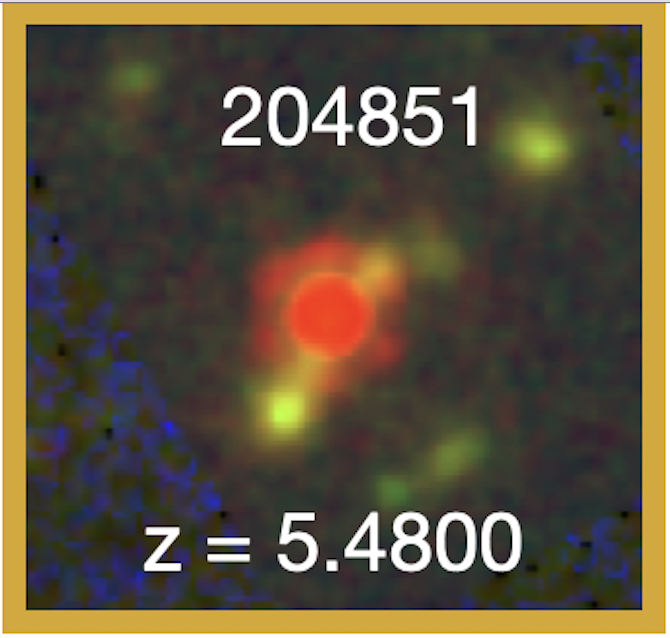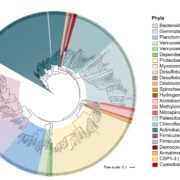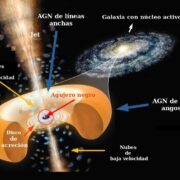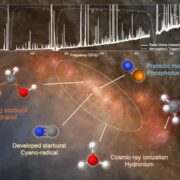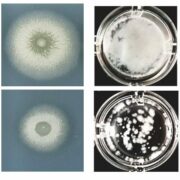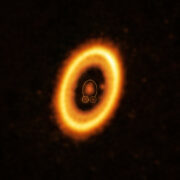A team of astronomers led by the Center for Astrobiology (CAB), CSIC-INTA (Spain), have just published new discoveries about the most enigmatic galaxies discovered by the James Webb Space Telescope, the so-called Little Red Dots. With new data taken with an instrument that they helped to build, MIRI, the CAB-led team have discovered that little red dots are the most efficient industries of dust production in the early Universe. The dust they have produced is quite different from what we see in nearby galaxies, its temperature is quite high, which points to a very energetic heating source such as very young and massive stars or supermassive blackholes.
This website uses cookies so that we can provide you with the best user experience possible. Cookie information is stored in your browser and performs functions such as recognising you when you return to our website and helping our team to understand which sections of the website you find most interesting and useful.






